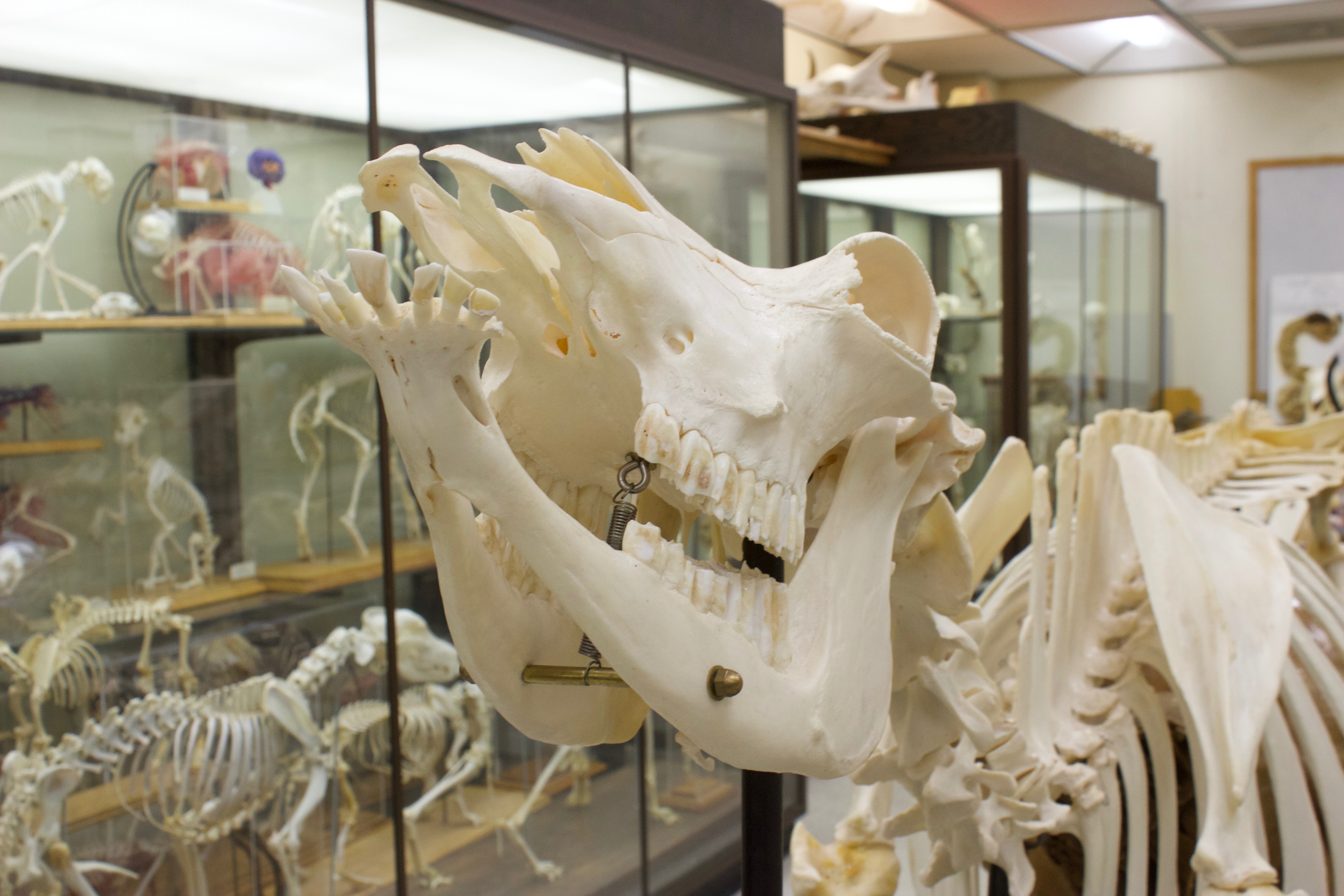Linking Veterinary Anatomy Curricula and Com-petencies to One Health
February 15, 2021

VBS Assistant Professor Roxanne Larsen recently published the paper, "Shared Curricula and Competencies in One Health and Health Professions Education," in Medical Science Educator, the official peer-reviewed journal of the International Association of Medical Science Educators. This is a commentary, which describes Dr. Larsen's involvement with medical and veterinary professional programs and her thoughts on the future of health professions education.
Dr. Larsen has been working to bring health professional students and educators together at the University of Minnesota and nationally through the American Association for Anatomists. She has presented on this topic at national conferences and at the University of Minnesota. This publication is a product of her time and effort at Duke University School of Medicine and the UMN College of Veterinary Medicine.
Globally, health professions education programs have similar course content and expectations for learners. One Health core competencies are shared by many health professions accreditation bodies. These competencies provide a framework which can guide professional programs in a world with emerging zoonotic diseases, a growing interface between humans and animals, and ongoing impacts from climate change. By focusing on shared outcomes, we can better prepare our learners for a more interdisciplinary practice of medicine and science. Fundamental courses, like gross anatomy, can be a uniting thread. A general overview of anatomy courses in medical and veterinary programs is provided.
Exploring the connections among human, animal, and environmental health is a key component of One Health approach (e.g., One Health Initiative, One Health Commission) and should be incorporated into health professions education (HPE) programs and their curricula for all levels and fields of health professional learners. The One Health approach provides a framework of core competencies including domains such as management, communication and informatics, values and ethics, leadership, team and collaboration, roles and responsibilities, and systems thinking. These shared competencies are especially important in guiding our health professions curricula in a world with emerging zoonotic diseases, the growing interface between humans and animals, and the ongoing impacts from climate change.
There has been a historical connection to the One Health approach in science and medicine, which contributed to the birth and development of many basic science disciplines including anatomy, physiology, and immunology. The history of One Health begins as early as the time of the Egyptians and continued with several growth spurts in public health and comparative medicine. Eventually, the continued advances in medicine and technology allowed for more comparative and interventional methods to be employed